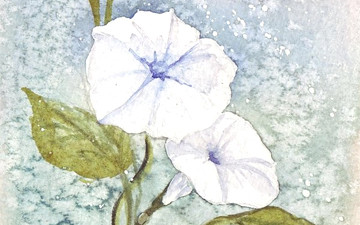Cards
(QUICK LINKS: Decks | plants | mammals | birds | | reptiles | fish | cephalopoda | insects | microbe | events
( scientist | project | modifier | technique |)

North American Beaver
Castor canadensis


5 POINTS
• Castor canadensis has a MOVE of 2.
• Castor canadensis is a national symbol for Canada.

Ochre Sea Star
Pisaster ochraceus


9 POINTS
• Pisaster ochraceus has a MOVE of 1/2 (1 per 2 turns).
• Pisaster ochraceus must be played next to at least one card with an OCEAN terrain.

Eastern Kingbird
Tyrannus tyrannus


4 POINTS • Tyrannus tyrannus has a FLIGHT of 2. The Eastern Kingbird is highly aggressive toward nest predators and larger birds. Hawks and crows are attacked regularly.

Big-rooted Morning Glory
Ipomoea pandurata


3 POINTS
• Ipomoea pandurata has a SPREAD of 1. (Requires a POLLINATOR) The seeds of this species are incredibly hairy.

Nepenthes gymnamphora
Nepenthes gymnamphora


4 POINTS
• Nepenthes gymnamphora has a SPREAD of 1. (Requires a POLLINATOR) • Nepenthes gymnamphora is also carnivorous against Insectas of SCALE 4. The taxonomy of this species is heavily debated.

Harbor Seal
Phoca vitulina


8 POINTS
• Phoca vitulina has a MOVE of 2.
• Phoca vitulina must be played next to at least one OCEAN TERRAIN neighbour.